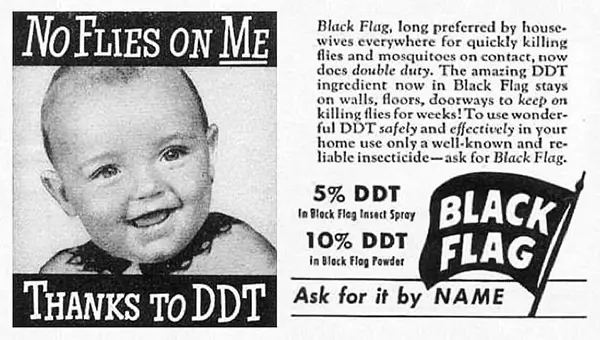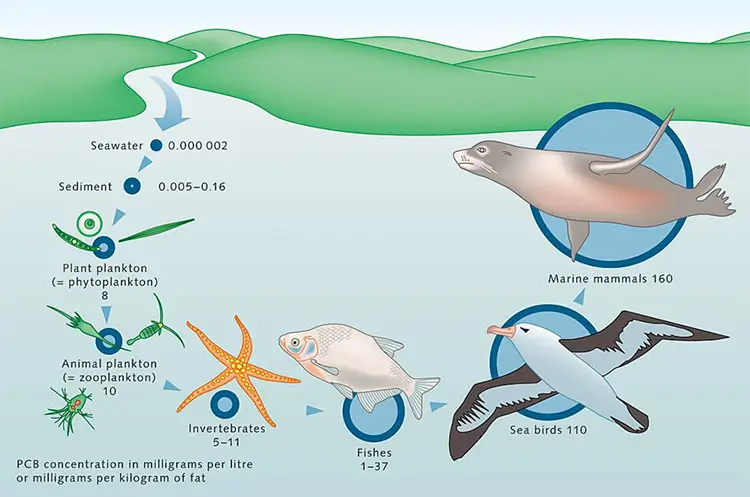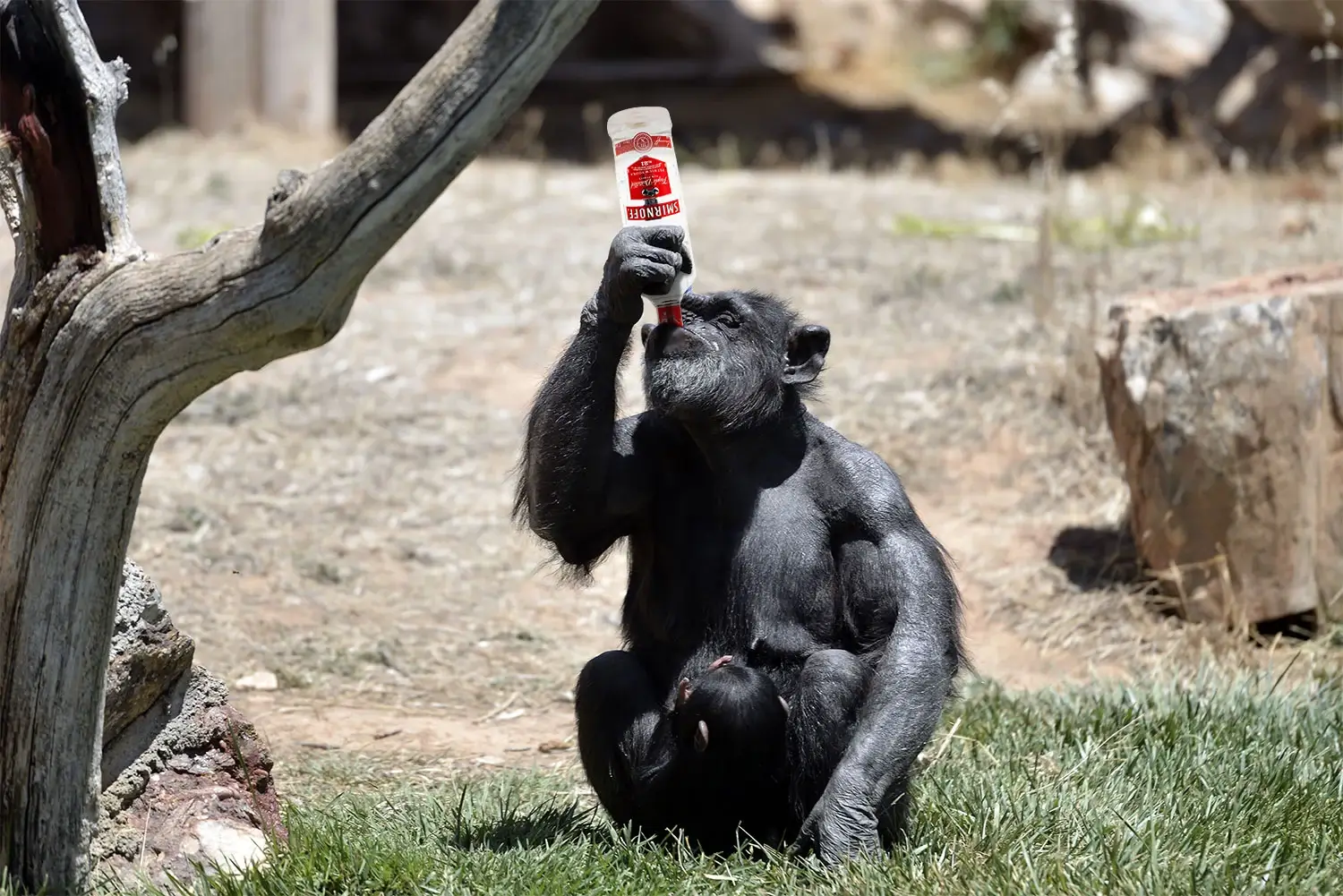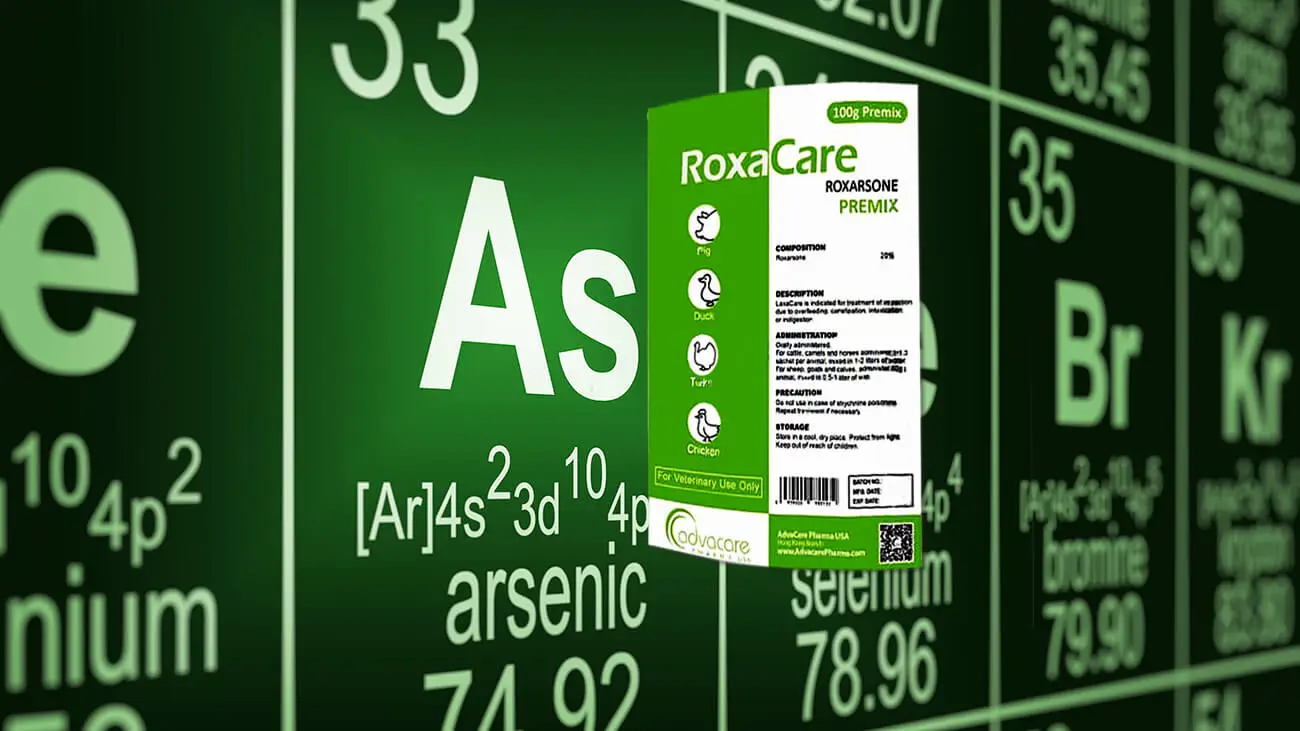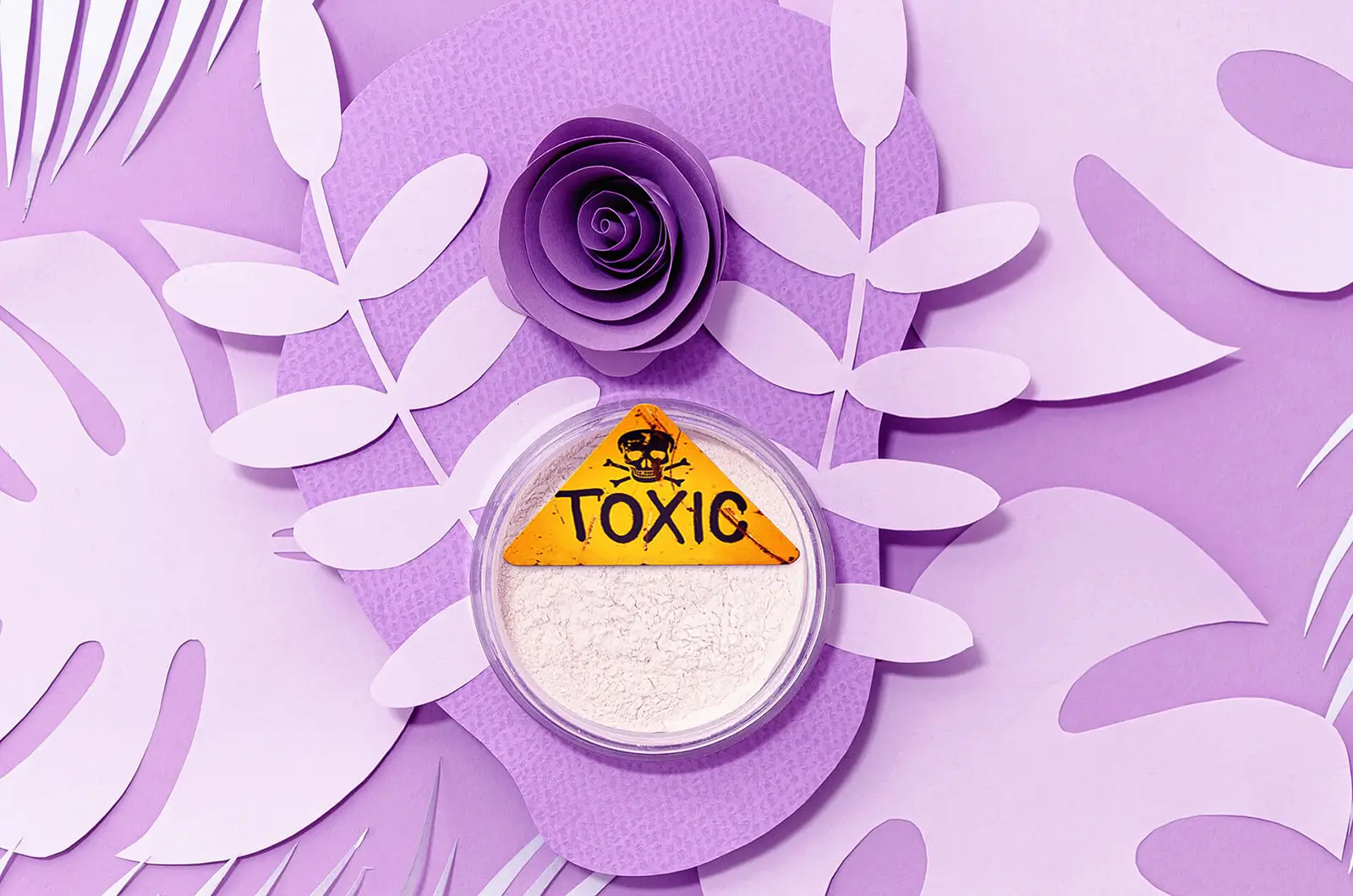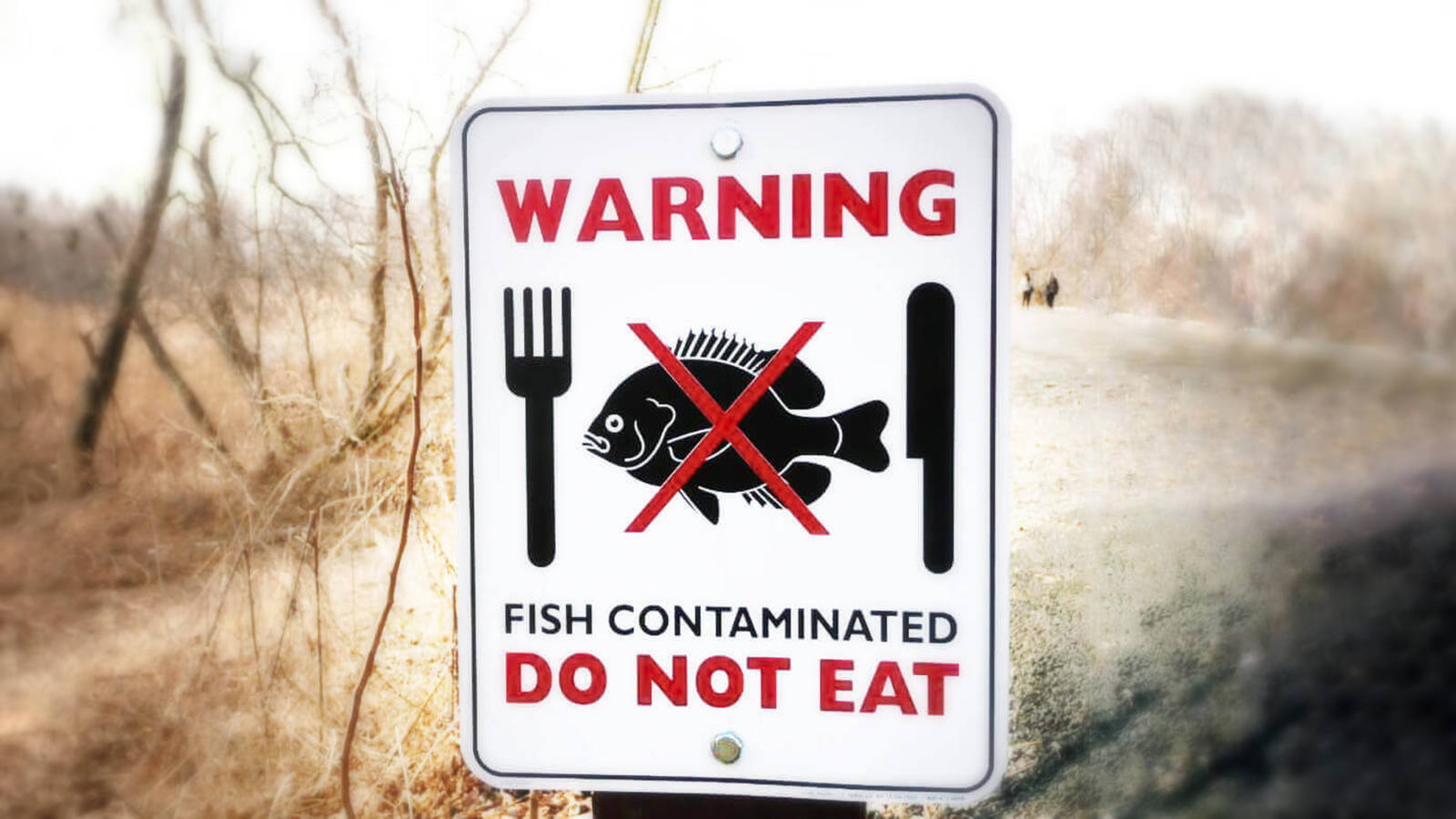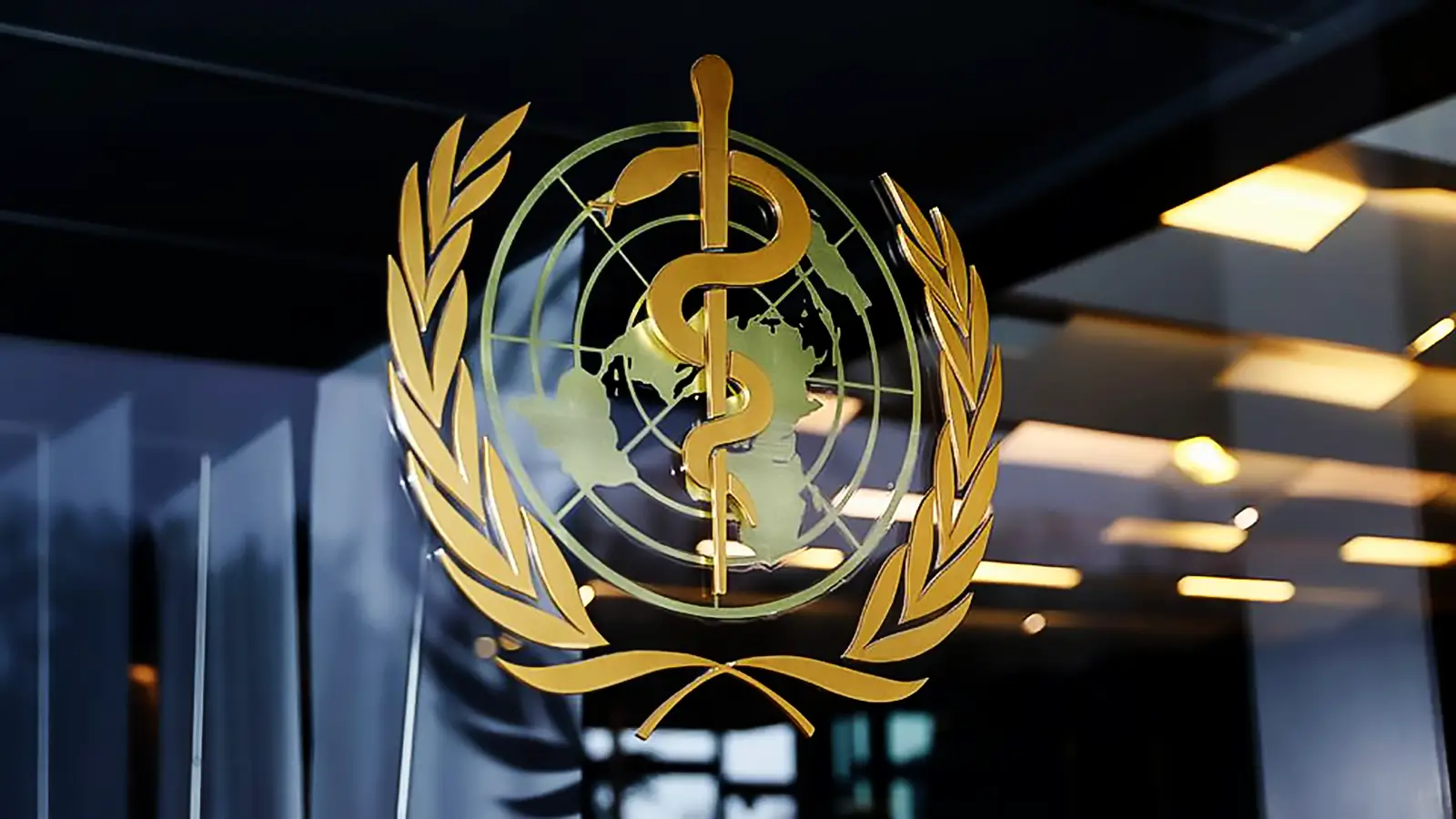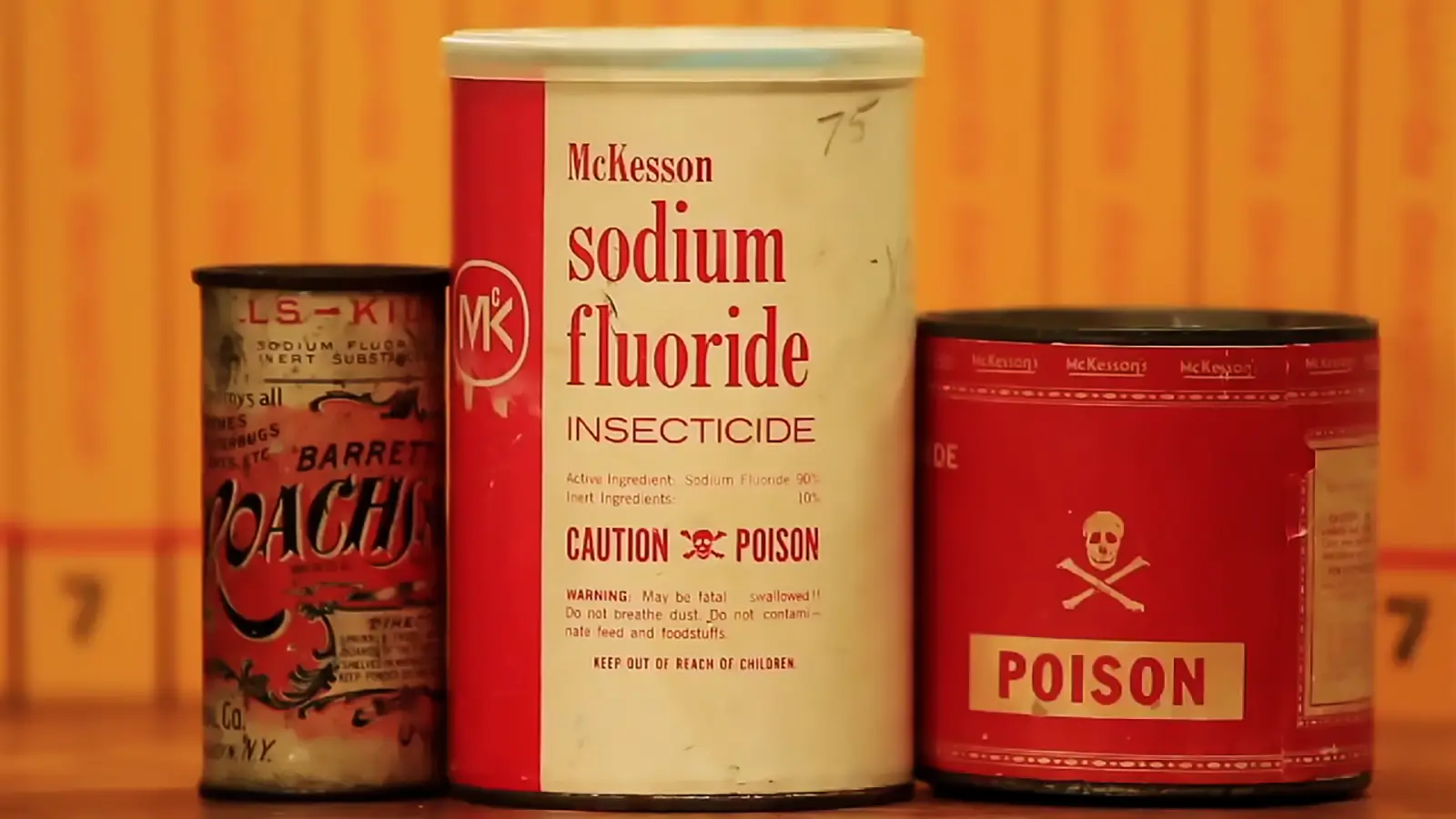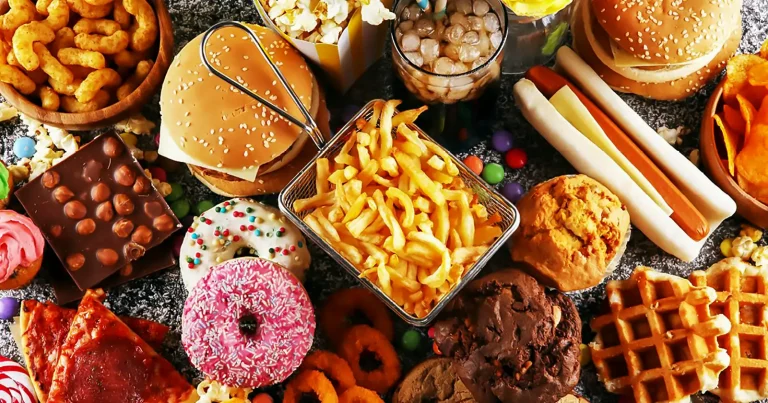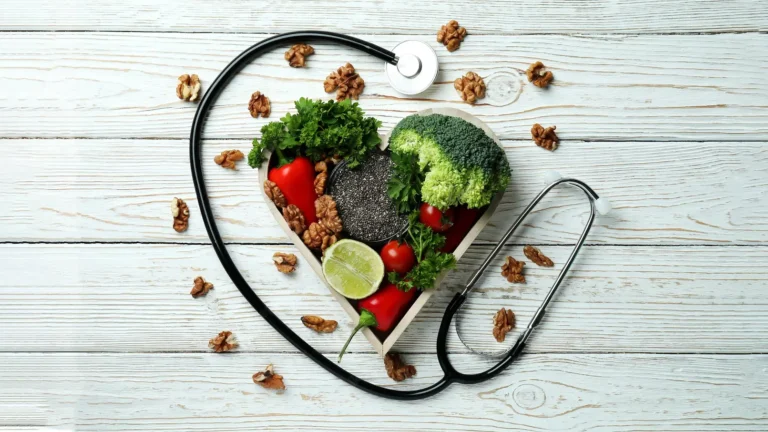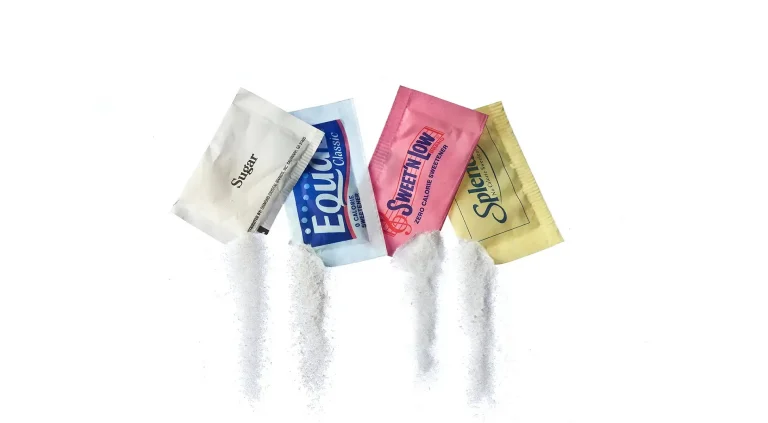Pesticide Exposure in Children: Real-Life Exposure Tests
Children and especially pregnant women are more vulnerable to pesticide exposure. If we test the real-world exposure levels, what would the result be?
Milos Pokimica
Written By: Milos Pokimica
Medically Reviewed by: Dr. Xiùying Wáng, M.D.
Updated August 4, 2023Most of us know we are living in a toxic and polluted environment. Most of us know that we are exposed to pollution and have an increased risk of a wide range of diseases that these toxic chemicals can cause. Chronic health effects of pesticide exposure include cancer and other tumors; brain and nervous system damage; birth defects; infertility and other reproductive problems; and damage to the liver, kidneys, lungs, and other body organs, leukemia, birth defects, stillbirth, spontaneous abortion, sterility and infertility, endocrine disruption, genotoxicity, and impaired brain development. Pesticide exposure is something that is deadly as any other deadly poison with one difference. When we start to notice the first symptoms, the damage has already been done.
Children and especially pregnant women are more vulnerable to pesticide exposure because the nervous systems and immune systems of the baby are still developing.
Because of their higher rates of cell division and lower body weight, children’s susceptibility to pesticide exposure is higher and the dosages are much lower than dosages that adult males would be able to cope with for example. Also, babies and children have immature organs and their immune system and detoxicating enzymes do not work as well as in adults so they are particularly vulnerable to toxic contaminants. Pesticide exposure during certain early development periods can cause permanent damage. If we analyze real-world pesticide exposure in real-life scenarios what would the result be? Are we in real danger or all of the talk about the vegan diet and eating low on a food chain to avoid bioaccumulation in a food chain of all of the lipophilic POPs (persistent organic pollutants) just an overblown marketing story? What is an official recommendation and what do the FDA toxicologists say about all of this?
In this study (Vogt et al., 2012) California children were tested for pesticide exposure to multiple dietary contaminants.
Cancer safety levels were exceeded by all children (100%) for arsenic, DDE, dieldrin, and dioxins.
In past times it was rarely a situation where the entire population was poisoned, every single participant measured with no exceptions. Also, the safety non-cancer benchmark level for acrylamide was exceeded by 96 percent of preschool-age children, and also 10 percent of children were above safety levels for mercury.
Acrylamide is a substance recognized as a carcinogen by U.S. government agencies. It is created at high temperatures in reaction with starch. So any fried and baked starch-rich food is filled with it like bread, French fries, potato chips, and cookies. What is important is the level of exposure.
When FDA toxicologists say that they believe that the average daily intake of arsenic, poses no hazard to the consumer I say that I do not believe in their honesty. The one thing we can do is to apply logic, not belief.
The study showed that the real level of arsenic exposure was more than 100 times the acceptable daily levels for adults. More than 100 times the value not more than 100% in value. I want to write this again. More than 100 times acceptable daily levels. For children and preschoolers, it was about 300 times. Let me write this again. 300 times more. “I want to believe” too, and I like the X-Files but not in FDA lying corrupted toxicologists.
The ratios of excess exposure in this study (how many times more above the safety level the exposure level is) were as follows: 2–12 for DDE, 116–297 for arsenic, 18–67 for dieldrin, 4–5 for chlordane (among children) and 202–1010 for PCDD/Fs. Yes, it is up to 1010 times the allowed values for Dioxin (PCDDs).
Dieldrin was created as a safer alternative to DDT but was banned two years later in 1972. When we look into what food products are the most contaminated they were similar throughout all age groups.
Meat, dairy, potatoes, and cucumber are most contaminated with POPs (DDE, dieldrin, chlordane, and PCDD/Fs). Until 1988 when chlordane was banned, it was used for home termite control and citrus crops and corn.
Also, major POPs contributors were freshwater fish, poultry, mushrooms, cantaloupe, pizza (children only), and spinach (adults only).
When we look at pesticides that are in current use (endosulfan, permethrin, and chlorpyrifos), the main contributors are celery, strawberries, grapes, tomatoes, apples, peaches, pears, peppers, spinach, broccoli, lettuce, and green beans if we don’t count the levels in animal products.
For arsenic exposure, farm-raised salmon, tuna, poultry, and mushrooms were top contributors in all age groups.
For acrylamide exposure chips and all other types of fried potatoes like French fries, crackers, and cereal for all age groups.
For mercury exposure, it was fish and especially tuna.
Dairy products are also the main contributor to chlorpyrifos exposure among children and lead exposure among all age groups. One of the top contributors was dairy and in some cases the main contributor of PCDD/Fs exposure, DDE, and chlordane. PCDD/Fs exposure from dairy was more pronounced in children due to lower dairy (and higher meat) consumption in adults.
For ordinary people, it might come as a surprise that milk in addition to meat was found to be a significant source of pesticides. This is a consequence of the use of chlorpyrifos on grazing fields and feeds given to cattle. This practice is forbidden in organic milk production. Milk is one of the leading sources of POPs.
Fish was a significant source of arsenic, dioxin, dieldrin, chlordane, and DDT intake.
The problem with chemicals like POPs is that they have the ability to accumulate in animal fat. So avoiding animal fat by decreasing consumption or choosing the lowest fat option of meat, dairy, and fish is one strategy to lower exposure.
Another strategy to avoid toxicity that will have a better result will be to consume a plant-based diet. In the case of rice, some strategies can lower the exposure, but in essence, nothing can be done because it is a plant that naturally absorbs more arsenic from the water in which it is growing. The situation is just worsened dramatically in the US because of the use of arsenic pesticides, and now the soil is polluted. On 31 December 2015, the FDA withdrew approval for the last of the arsenic-containing drugs. It should be noted that the EU has never approved drugs containing arsenic for animal consumption. So as of 2011, due to consumer pressure, the use of arsenic as feed to chickens is banned in the US. Why has this practice lasted so long? A better question will be why have we used arsenic at all if we know the history of the substance?
References:
- Vogt, R., Bennett, D., Cassady, D., Frost, J., Ritz, B., & Hertz-Picciotto, I. (2012). Cancer and non-cancer health effects from food contaminant exposures for children and adults in California: a risk assessment. Environmental health : a global access science source, 11, 83. https://doi.org/10.1186/1476-069X-11-83
Related Posts
Do you have any questions about nutrition and health?
I would love to hear from you and answer them in my next post. I appreciate your input and opinion and I look forward to hearing from you soon. I also invite you to follow us on Facebook, Instagram, and Pinterest for more diet, nutrition, and health content. You can leave a comment there and connect with other health enthusiasts, share your tips and experiences, and get support and encouragement from our team and community.
I hope that this post was informative and enjoyable for you and that you are prepared to apply the insights you learned. If you found this post helpful, please share it with your friends and family who might also benefit from it. You never know who might need some guidance and support on their health journey.
– You Might Also Like –

Learn About Nutrition
Milos Pokimica is a doctor of natural medicine, clinical nutritionist, medical health and nutrition writer, and nutritional science advisor. Author of the book series Go Vegan? Review of Science, he also operates the natural health website GoVeganWay.com
Medical Disclaimer
GoVeganWay.com brings you reviews of the latest nutrition and health-related research. The information provided represents the personal opinion of the author and is not intended nor implied to be a substitute for professional medical advice, diagnosis, or treatment. The information provided is for informational purposes only and is not intended to serve as a substitute for the consultation, diagnosis, and/or medical treatment of a qualified physician or healthcare provider.NEVER DISREGARD PROFESSIONAL MEDICAL ADVICE OR DELAY SEEKING MEDICAL TREATMENT BECAUSE OF SOMETHING YOU HAVE READ ON OR ACCESSED THROUGH GoVeganWay.com
NEVER APPLY ANY LIFESTYLE CHANGES OR ANY CHANGES AT ALL AS A CONSEQUENCE OF SOMETHING YOU HAVE READ IN GoVeganWay.com BEFORE CONSULTING LICENCED MEDICAL PRACTITIONER.
In the event of a medical emergency, call a doctor or 911 immediately. GoVeganWay.com does not recommend or endorse any specific groups, organizations, tests, physicians, products, procedures, opinions, or other information that may be mentioned inside.
Editor Picks –
Milos Pokimica is a doctor of natural medicine, clinical nutritionist, medical health and nutrition writer, and nutritional science advisor. Author of the book series Go Vegan? Review of Science, he also operates the natural health website GoVeganWay.com
Latest Articles –
Plant Based News
-
10 Quick Vegan Weekday Breakfasts
on July 9, 2025
-
This Tempeh Parmesan Recipe Has Gone Viral For A Reason
on July 8, 2025
-
This High-Protein Vegan Kimchi Jjigae Might Be The Best Yet
on July 8, 2025
-
16 Vegan Trader Joe’s Meals You Need To Know
on July 7, 2025
-
Odeon Cinemas Just Added A Moving Mountains Vegan Hot Dog To The Menu
on July 7, 2025
-
5 Practical Travel Tips From A Vegan Explorer
on July 7, 2025
-
Jamie Oliver Highlights ‘Important Connection’ Between Tofu And Longevity
on July 6, 2025
Top Health News — ScienceDaily
- Matching your workouts to your personality could make exercising more enjoyable and give you better resultson July 9, 2025
Less than a quarter of us hit WHO activity targets, but a new UCL study suggests the trick may be matching workouts to our personalities: extroverts thrive in high-energy group sports, neurotics prefer private bursts with breaks, and everyone sees stress levels drop when they find exercise they enjoy.
- Hate exercise? Neuroscience maps the routine your personality will loveon July 8, 2025
A new UCL study reveals that aligning workouts with personality boosts fitness and slashes stress—extroverts thrive on HIIT, neurotics favor short, private bursts, and everyone benefits when enjoyment leads the way.
- Alzheimer’s doesn’t strike at random: These 4 early-warning patterns tell the storyon July 7, 2025
UCLA scientists mined millions of electronic health records and uncovered four distinct “roadways” that funnel people toward Alzheimer’s—ranging from mental-health struggles to vascular troubles. Following these breadcrumb trails proved far better at predicting who will develop dementia than single risk factors. The findings hint that spotting—and halting—specific sequences early could rewrite how we prevent the disease.
- Study finds tummy-tuck patients still shedding pounds five years lateron July 7, 2025
Patients who undergo tummy tuck surgery may be in for more than just cosmetic changes — a new study shows they often keep losing weight for years after the procedure. Researchers followed 188 patients and found consistent weight reduction up to five years later, especially in those with higher initial BMIs. Interestingly, lifestyle improvements, such as better diet and exercise habits, may play a key role in this surprising long-term effect. This could mean tummy tucks aren’t just sculpting […]
- Feeling mental exhaustion? These two areas of the brain may control whether people give up or persevereon July 7, 2025
When you’re mentally exhausted, your brain might be doing more behind the scenes than you think. In a new study using functional MRI, researchers uncovered two key brain regions that activate when people feel cognitively fatigued—regions that appear to weigh the cost of continuing mental effort versus giving up. Surprisingly, participants needed high financial incentives to push through challenging memory tasks, hinting that motivation can override mental fatigue. These insights may pave the […]
- New research shows Monday stress is etched into your biologyon July 7, 2025
Feeling jittery as the week kicks off isn’t just a mood—it leaves a biochemical footprint. Researchers tracked thousands of older adults and found those who dread Mondays carry elevated cortisol in their hair for months, a stress echo that may help explain the well-known Monday heart-attack spike. Even retirees aren’t spared, hinting that society’s calendar, not the workplace alone, wires Monday anxiety deep into the HPA axis and, ultimately, cardiovascular risk.
- Cough medicine turned brain protector? Ambroxol may slow Parkinson’s dementiaon July 6, 2025
Ambroxol, long used for coughs in Europe, stabilized symptoms and brain-damage markers in Parkinson’s dementia patients over 12 months, whereas placebo patients worsened. Those with high-risk genes even saw cognitive gains, hinting at real disease-modifying power.
PubMed, #vegan-diet –
- Framing the meat consumption transition: A statistical learning approach to explore the factors shaping young adults’ food choices in Germany and Italyon July 6, 2025
This study examines the factors driving changes in meat consumption among young adults in Germany and Italy-two high-income countries that, despite their distinct culinary traditions, have seen a convergence in meat consumption levels in recent years. The research addresses two aims: to examine the role of environmental attitudes in shaping dietary choices and to explore the impact of socio-demographic factors on meat-consumption patterns. The analysis employs the General Ecological Behavior…
- Health and environmental impacts of shifting to plant-based analogues: a risk-benefit assessmenton July 5, 2025
CONCLUSION: PBAs can be considered feasible alternatives to animal-based foods, and the results emphasise meat substitution as a crucial factor for health and environmental benefits.
- Exploring the role of gut microbiota in rheumatoid arthritis: the effects of diet and drug supplementationon July 2, 2025
Rheumatoid Arthritis (RA) is a chronic autoimmune disease that mostly breaks out at the joints. It further causes bone erosion and decreased life quality due to severe pain. Current drugs are mainly focused on reducing pain, but unable to terminate the disease progression. This study aims to determine the effect of diet types (Western, Vegan and Mediterranean) on RA progression. Some dietary supplements and drug administration (Huayu-Qiangshen-Tongbi formula or Leflunomide plus Methotrexate) […]
- Blood biomarkers of Alzheimer’s disease in Australians habitually consuming various plant-based dietson June 30, 2025
BackgroundEvidence suggests that plant-based diets (PBDs) may be protective against neurodegenerative diseases such as Alzheimer’s disease (AD).ObjectiveThis study examined associations between blood-based AD biomarkers in individuals 30-75 years without current or diagnosed cardiovascular disease following different PBDs versus regular meat-eating diets (RMEs).MethodsThis secondary analysis of the Plant-based Diets study measured Aβ(1-42)/Aβ(1-40), p-tau181, NFL, and GFAP in 237 plasma […]
- Zinc supplementation among zinc-deficient vegetarians and vegans restores antiviral interferon-α response by upregulating interferon regulatory factor 3on June 28, 2025
CONCLUSION: We identified zinc-dependent IRF3 expression as an essential cellular mechanism behind impaired IFNα response in zinc-deficient subjects. This may contribute to disturbed antiviral immunity and cause increased susceptibility to virus infections in vivo. Oral zinc supplementation effectively restored IRF3 and IFNα levels. Hence, nutritional interventions may become increasingly important in order to prevent health implications from micronutrient deficiencies among vegetarians and…
Random Posts –
Featured Posts –

Latest from PubMed, #plant-based diet –
- Healthy Plant-Based Diet Is Associated With a Reduced Risk of Inflammatory Bowel Disease: A Large-Scale Prospective Analysisby Zhenhe Jin on July 9, 2025
Current studies indicated a potential inverse association between plant-based diets (PBD) and inflammatory bowel disease (IBD). Large-scale research is needed to confirm the protective role of PBD in IBD risk. This study evaluated the associations between PBD and IBD risk and explored potential mediators. This prospective cohort study included 143 434 UK Biobank participants, using 24-h dietary recalls to calculate PBD indexes. Cox regression assessed associations between PBD and IBD risk….
- Associations of nutritional knowledge with dietary patterns and breast cancer occurrenceby Beata Stasiewicz on July 9, 2025
It is well-established that women’s nutrition knowledge (NK) is strongly associated with children’s nutritional outcomes. However, the association of women’s NK with their own diet and health status, including cancer occurrence, remains unknown. This case-control study aimed to assess the associations of NK with dietary patterns (DPs) and breast cancer (BC) occurrence in peri- and postmenopausal women. Data were collected for 417 women aged 40.0-79.9 years from north-eastern Poland, including…
- To be climate-friendly, food-based dietary guidelines must include limits on total meat consumption – modeling from the case of Franceby Emmanuelle Kesse-Guyot on July 9, 2025
CONCLUSIONS: While French dietary guidelines contribute, on average, to mitigating climate change and promoting health, this study emphasizes levers in recommended food consumption to more efficiently reduce diets’ GHGe and points to total meat as the critical issue to better account for pressure on climate change. Other environmental pressures should also be taken into account when designing dietary guidelines.
- Acute glycaemic response of orange juice consumption with breakfast in individuals with type 2 diabetes: a randomized cross-over trialby Kenneth Verboven on July 8, 2025
CONCLUSION: Acute glycaemic control in individuals with well-controlled T2DM is not significantly influenced by serving orange juice, whole orange pieces or a sugar-sweetened beverage with a standard high-carbohydrate meal.
- Interaction of genetic risk score (GRS) and Plant-Based diet on atherogenic factors and body fat distribution indices among women with overweight and obesity: a cross-sectional studyby Mahya Mehri Hajmir on July 8, 2025
The association between plant-based diets, obesity, cardiovascular disease (CVD), and genetic predisposition is still not fully understood. This study explored how plant-based diets interact with genetic susceptibility to atherosclerosis and body fat in 377 Iranian women aged 18 to 48 who were overweight or obese. Using a validated 147-item food frequency questionnaire (FFQ), we established three plant-based diet indices: the Plant-Based Diet Index (PDI), the Healthy Plant-Based Diet Index…
- Impact of Dietary Patterns on Migraine Management: Mechanisms of Action and Recent Literature Insightsby Vahideh Behrouz on July 7, 2025
CONCLUSIONS: In conclusion, adopting specific dietary strategies may offer a viable approach for individuals suffering from migraines, warranting further research to establish definitive guidelines.
